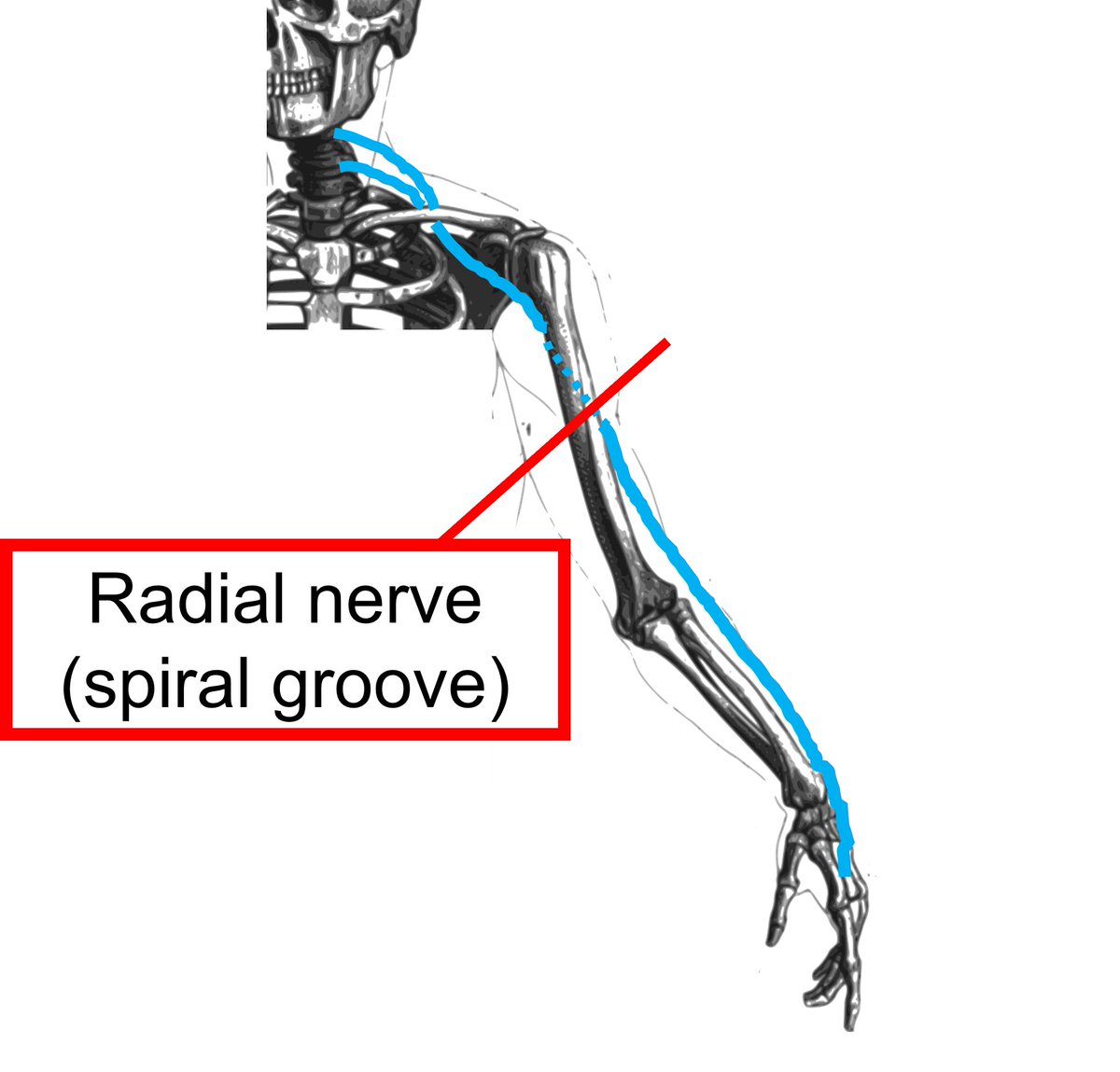
1/9
Just read the 2021 EAN/PNS diagnostic criteria for CIDP. It's an updated version of the 2010 version, and it's great! It clarifies lots of things and makes practical recs… and one that I think is problematic. Let’s unpack. Part #tweetorial, part rant. tinyurl.com/h7jppwzk
Just read the 2021 EAN/PNS diagnostic criteria for CIDP. It's an updated version of the 2010 version, and it's great! It clarifies lots of things and makes practical recs… and one that I think is problematic. Let’s unpack. Part #tweetorial, part rant. tinyurl.com/h7jppwzk
2/9
They use 2 diagnostic categories: CIDP and Possible CIDP. (In the 2010 version, we had Probable CIDP and Definite CIDP, but these have now been rolled into one category: CIDP.)
Both new categories rely heavily on NCS criteria.
BTW, it includes Sensory NCS criteria. Love it!

They use 2 diagnostic categories: CIDP and Possible CIDP. (In the 2010 version, we had Probable CIDP and Definite CIDP, but these have now been rolled into one category: CIDP.)
Both new categories rely heavily on NCS criteria.
BTW, it includes Sensory NCS criteria. Love it!


3/9
Now IMO, diagnostic criteria exist to help you decide who to treat. If someone has CIDP or Possible CIDP, you should consider treating them, and IVIG is an established first-line treatment.
If someone has "This Ain't CIDP," don’t give them IVIG. Simple, right?
Now IMO, diagnostic criteria exist to help you decide who to treat. If someone has CIDP or Possible CIDP, you should consider treating them, and IVIG is an established first-line treatment.
If someone has "This Ain't CIDP," don’t give them IVIG. Simple, right?
4/9
So here's where we need to talk about supportive tests.
- CSF protein level
- Ultrasound of plexus/roots
- MRI of plexus/roots
- Nerve biopsy
- A therapeutic trial of meds
So here's where we need to talk about supportive tests.
- CSF protein level
- Ultrasound of plexus/roots
- MRI of plexus/roots
- Nerve biopsy
- A therapeutic trial of meds
5/9
In the 2010 criteria, results of these supportive tests were used to distinguish different categories, but didn't distinguish Possible CIDP from This Ain't CIDP.
This was helpful. If a patient had a normal EMG, we wouldn’t be tempted to go do an LP or give them IVIG.
In the 2010 criteria, results of these supportive tests were used to distinguish different categories, but didn't distinguish Possible CIDP from This Ain't CIDP.
This was helpful. If a patient had a normal EMG, we wouldn’t be tempted to go do an LP or give them IVIG.
6/9
But the 2021 version expands the role of supportive criteria, saying that therapeutic med trials and other tests can distinguish Possible CIDP from This Ain't CIDP, even in someone who does not meet EMG/NCS criteria for CIDP.
But the 2021 version expands the role of supportive criteria, saying that therapeutic med trials and other tests can distinguish Possible CIDP from This Ain't CIDP, even in someone who does not meet EMG/NCS criteria for CIDP.

7/9
I’m not saying this is wrong, but it is a bit problematic. Since CSF protein is a supportive criterion, this would lead me to get more LPs in patients when the EMG isn't diagnostic.
Okay, I guess I can live with that.
I’m not saying this is wrong, but it is a bit problematic. Since CSF protein is a supportive criterion, this would lead me to get more LPs in patients when the EMG isn't diagnostic.
Okay, I guess I can live with that.
8/9
But having treatment response as a supportive criterion? That seems to give free rein to prescribe IVIG to anyone with suspected CIDP, even when their EMG is pretty normal.
And don't we already have a nasty IVIG overprescribing problem? pubmed.ncbi.nlm.nih.gov/26180143/
But having treatment response as a supportive criterion? That seems to give free rein to prescribe IVIG to anyone with suspected CIDP, even when their EMG is pretty normal.
And don't we already have a nasty IVIG overprescribing problem? pubmed.ncbi.nlm.nih.gov/26180143/
9/9
But maybe I’m interpreting this wrong and someone can set me straight. Let me know your thoughts! @AANMember @NMatch2022 #neurotwitter @AANEMorg @SandraHearnMD @RJNeuromuscular @peterjinmd @ABoegle @ChrisLeeNeuro @rslaughlin
But maybe I’m interpreting this wrong and someone can set me straight. Let me know your thoughts! @AANMember @NMatch2022 #neurotwitter @AANEMorg @SandraHearnMD @RJNeuromuscular @peterjinmd @ABoegle @ChrisLeeNeuro @rslaughlin
• • •
Missing some Tweet in this thread? You can try to
force a refresh













